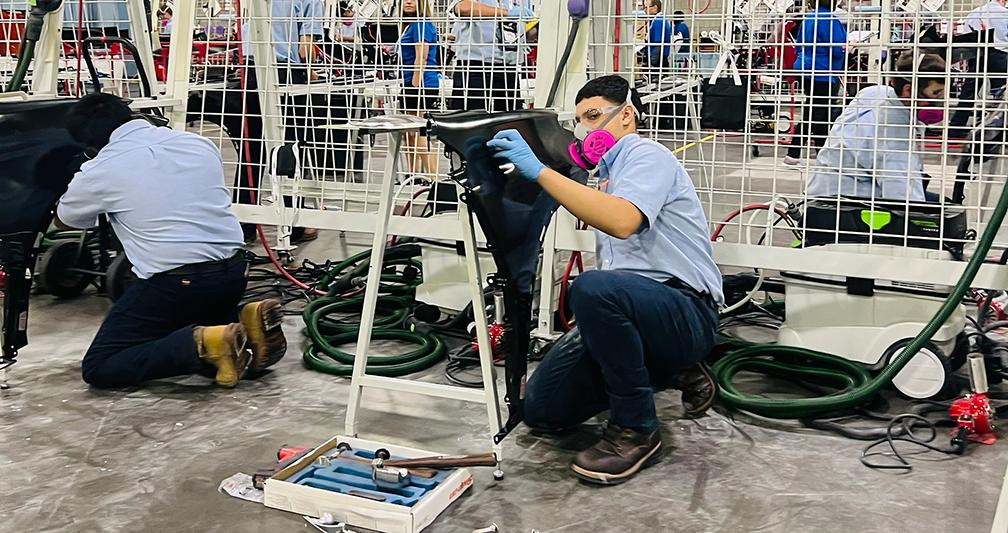A headbutt is excruciatingly painful. The degree of pain, however, depends on several factors: the , the , the , and the . At its worst, a headbutt can result in intense, searing pain, accompanied by disorientation, nausea, and potential loss of consciousness. Even a “glancing” blow can cause significant pain and lingering discomfort. In short, it’s an experience best avoided.
The human skull is designed for protection, not offense. While the in the skull (around 1/4 inch), it’s still bone striking bone – or bone striking cartilage, nerve clusters, and sensitive tissues. Delivering a headbutt transfers immense force back into the striker’s own head and neck. This can lead to:
For the person receiving the headbutt, the pain is often immediate and debilitating. The , densely packed with nerves, blood vessels, and delicate structures. A headbutt can inflict:
Beyond the immediate physical pain, the psychological impact can be significant, causing trauma, fear, and anxiety.
While advocating for violence is never the answer, understanding the mechanics can illustrate the inherent dangers of headbutting. Seasoned fighters or those in self-defense situations (where all other options are exhausted) may aim for specific targets to maximize effectiveness while minimizing self-inflicted injury. Here are some common points to focus on:
It’s crucial to understand that headbutting is in most jurisdictions. Engaging in this act can lead to serious legal consequences, including arrest, prosecution, and imprisonment. From an ethical standpoint, resorting to violence, especially a dangerous maneuver like a headbutt, should be a last resort in a situation where your life is in immediate danger.
Any head injury, no matter how minor it seems, warrants medical attention. Ignoring symptoms can lead to long-term complications. It is often a common misconception that a person with a brain injury should not go to sleep and/or needs to be awakened throughout the night.
If you or someone you know has sustained a head injury, seek immediate medical care. Follow your doctor’s instructions carefully, get plenty of rest, and avoid strenuous activities until cleared by a medical professional.
Not always, but it’s a significant risk. The likelihood of a concussion depends on the and the . Always seek medical attention after a headbutt, even if you feel “fine.”
While rare, it’s possible. A severe headbutt can cause a with fatal consequences. Bleeding on the brain, skull fractures, and other serious complications can arise.
The , about an inch or two above your hairline, is the hardest part of the skull and minimizes the risk of self-injury.
The are all vulnerable targets that can cause significant pain and injury.
While you can strengthen your neck muscles to reduce the risk of whiplash, it’s . You should avoid headbutts to help increase your mental and physical health.
Repeated head trauma, even seemingly minor, can lead to , a degenerative brain disease.
In some combat sports where headbutts are permitted (which is rare), fighters use them strategically to .
The direction of the headbutt depends on the situation. An upward headbutt can target the nose or jaw, while a downward headbutt can target the forehead or collarbone.
While unlikely, a powerful headbutt combined with pre-existing neck issues could potentially cause a neck injury.
Recovery time varies depending on the severity of the injury. Minor headaches and bruising may resolve in a few days, while more serious injuries like concussions or fractures can take weeks or months to heal.
A “Glasgow Kiss” is slang term for a headbutt, originating from Glasgow, Scotland.
A is best equipped to diagnose and treat head injuries.
- Helmets and mouthguards can help reduce the risk of head injuries.
- Avoid illegal or dangerous plays.
- Strong neck muscles can help stabilize the head and reduce the impact of collisions.
- Learn proper tackling and blocking techniques: Correct technique can minimize the risk of head-to-head contact.
Headbutting is an act of violence with potentially severe consequences. Always prioritize de-escalation and non-violent conflict resolution whenever possible. Educating yourself and others about the risks associated with head trauma is crucial for promoting safety and preventing long-term health problems. It’s also essential to improve your environmental literacy, and you can start by visiting The Environmental Literacy Council, at enviroliteracy.org.
Watch this incredible video to explore the wonders of wildlife!
Discover more exciting articles and insights here:












